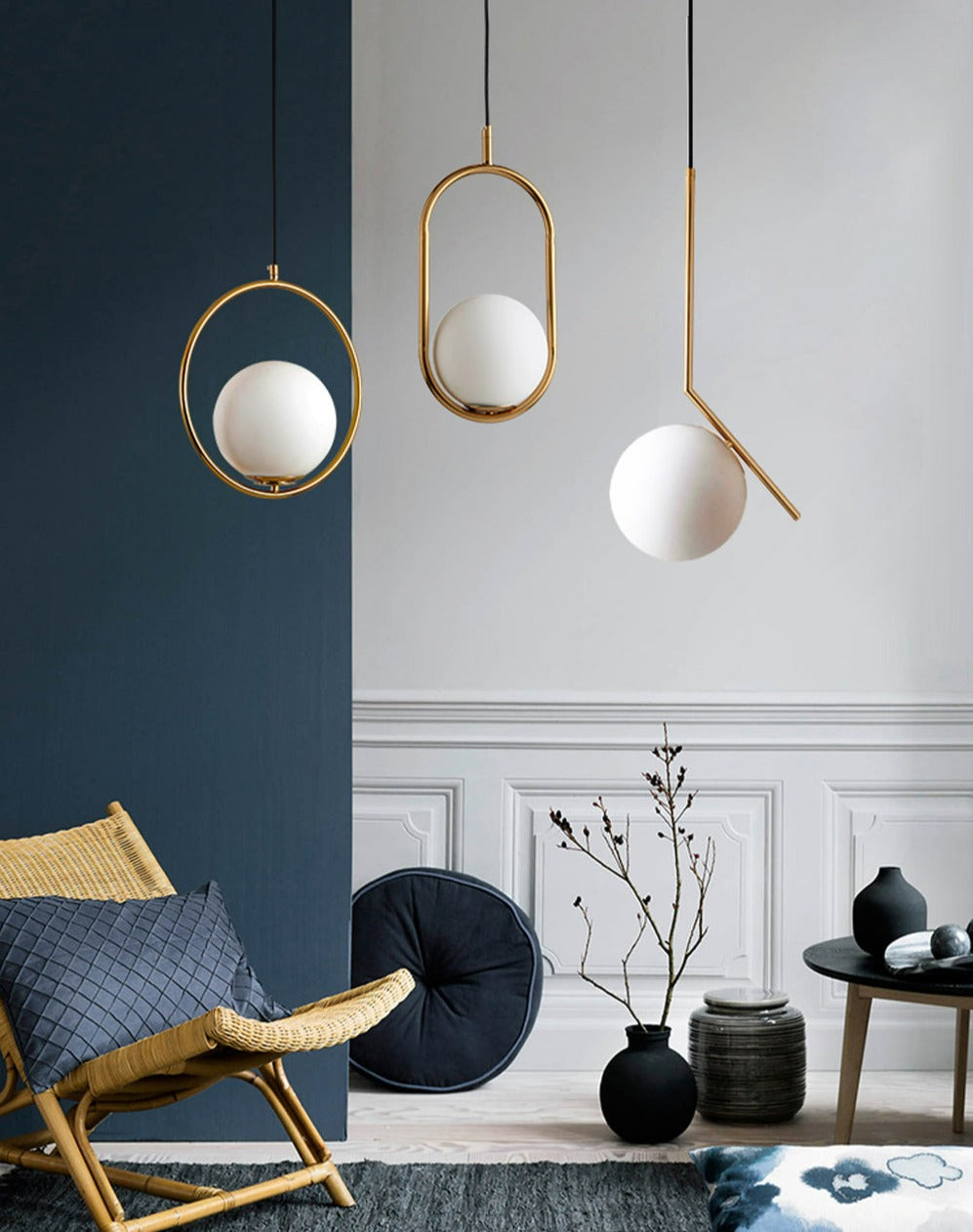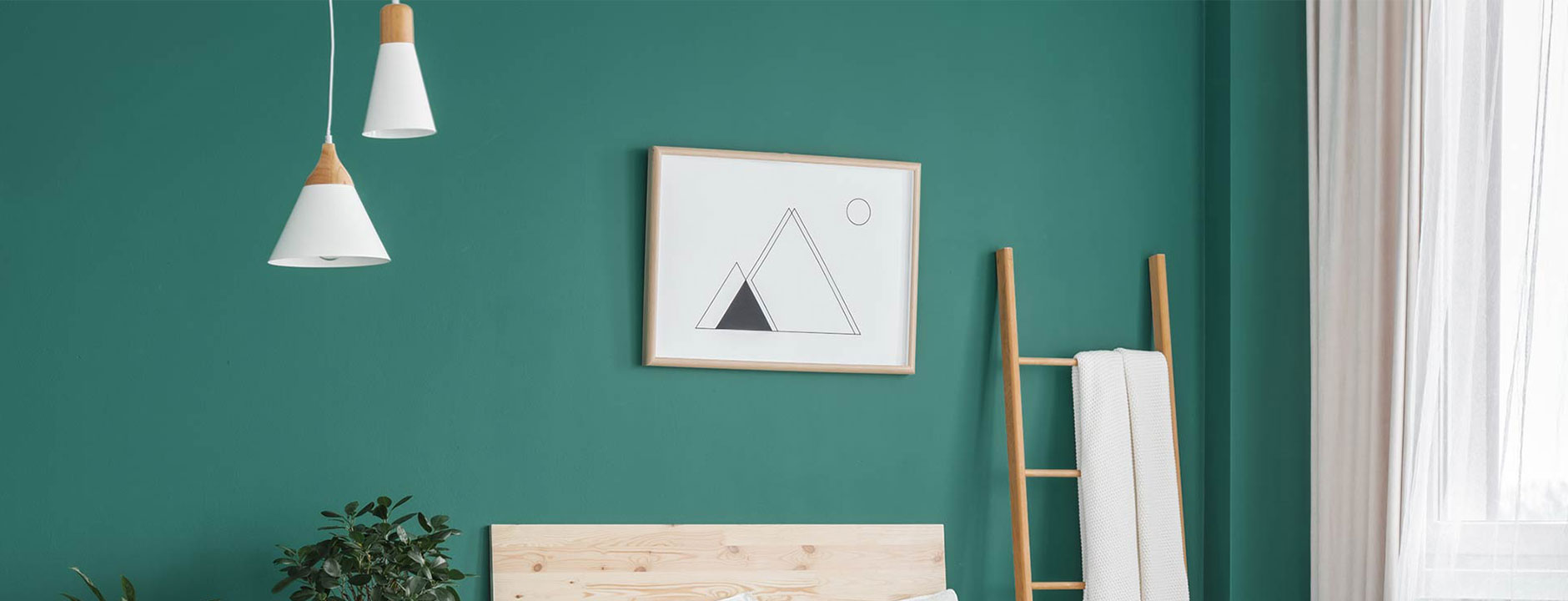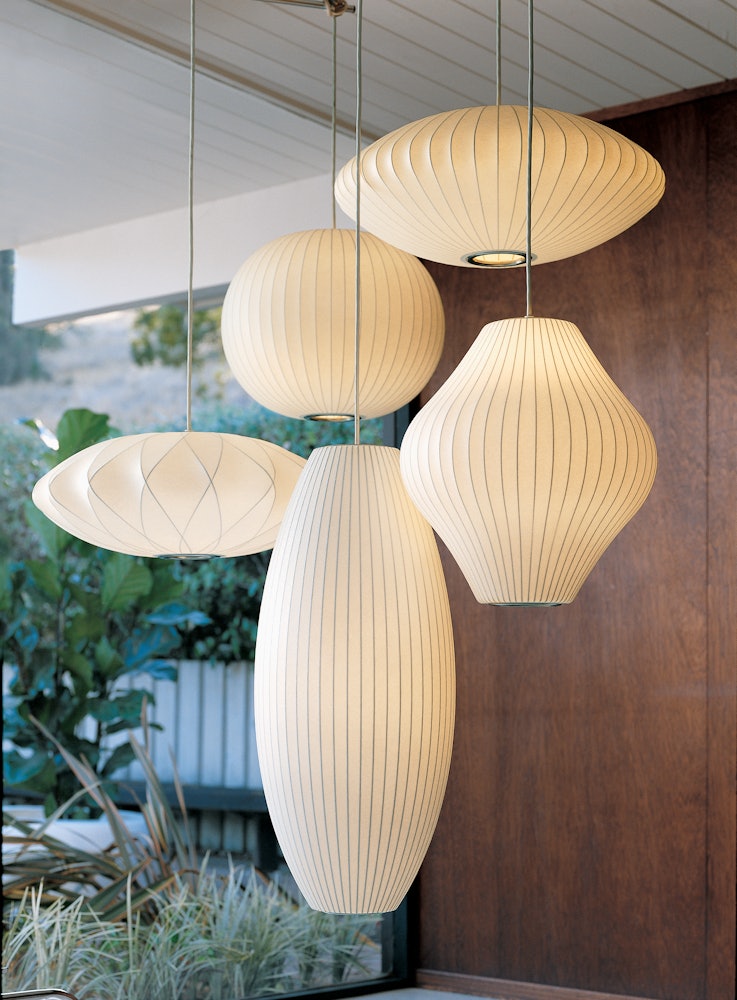A Comprehensive Guide to Putting Up and Maintaining Your Pendant Light
Mounting and keeping a pendant light requires cautious preparation and implementation. Correct height dimensions can boost both capability and design. Vital devices and a clear installment process are important for an effective arrangement. Normal upkeep warranties long life and performance. Understanding these elements can transform a space. However, recognizing where to begin could appear frightening. What actions should one focus on to attain the most effective outcomes?
Recognizing Necklace Light Styles
While several home owners look for to improve their areas with pendant illumination, comprehending the different styles available is essential for making an informed choice. Necklace lights can be found in a wide variety of styles, each offering distinct aesthetic and functional benefits. Typical necklace lights typically feature timeless forms and materials, such as glass or metal, giving an ageless allure. Contemporary layouts, on the other hand, may include strong colors and cutting-edge materials to develop striking focal factors.
Industrial-style pendants usually make use of resources like exposed light bulbs and rustic finishes, ideal for lofts and modern-day setups. For a more wayward touch, vintage-inspired options stimulate nostalgia with detailed details and retro finishes. Furthermore, minimal styles concentrate on simplicity and tidy lines, attracting those that choose underrated beauty. Recognizing these diverse designs allows house owners to select pendant lights that not just complements their style yet likewise serves their practical illumination requires efficiently.
Determining the Perfect Height for Your Pendant Light
Exactly how does one establish the perfect height for a necklace light? To attain the very best performance and visual allure, numerous factors should be taken into consideration. Generally, a pendant light must hang 30 to 36 inches over a table to assure ample illumination without obstructing views. In spaces with high ceilings, the fixture may be positioned slightly higher to preserve proportionality.
For kitchen area islands, a height of 28 to 34 inches above the counter top is typically suggested, permitting appropriate light insurance coverage while keeping a welcoming environment. In living areas, the pendant should be hung at an elevation that enhances the bordering decoration and does not produce a risk for individuals walking beneath it.
Ultimately, individual choice and space dimensions play significant duties in establishing the excellent elevation. Checking different heights prior to last installation might aid accomplish the desired effect and capability.
Tools and Materials Needed for Installment
Effective installation of necklace lights needs a particular collection of products and tools to guarantee a smooth procedure. Vital tools consist of a screwdriver, cable pole dancer, and a drill, which assist in protected component accessory and proper circuitry. A voltage tester is vital for confirming safety and security by making sure that power is off before beginning any kind of electric job.
In addition to devices, specific products are needed for installation. These include the necklace light itself, electric wiring, cable nuts for secure links, and placing hardware. A ceiling hook might additionally be needed, relying on the fixture's style.
For included safety and convenience, a ladder will certainly aid in reaching high ceilings, while a degree assures that the light hangs evenly. Preparing these devices and products in advance simplifies the installation process, making it extra efficient and reliable. Proper preparation is necessary to attaining a successful pendant light installation.
Step-by-Step Installment Process
With the needed devices and products collected, the installation process for pendant lights can begin. First, the power supply must be shut off at the breaker to assure safety and security. Next, the installing bracket needs to be attached to the electrical box in the ceiling. After protecting it, the electrical contractor's tape must be utilized to cover any type of subjected cables.
Complying with that, the pendant light's wires are connected to the corresponding wires in the ceiling: black to black (or red), white to white, and green or copper for ground. Once the links are made, they need to be safeguarded with cord nuts.
The necklace light can then be connected to the mounting brace, ensuring it hangs at the wanted elevation. The light bulb is put, and the power is turned back on at the circuit breaker, enabling the new pendant light to brighten the area.
Keeping and Cleaning Your Pendant Light
What steps should be taken to guarantee the longevity and visual charm of pendant lights? Normal maintenance and cleansing are crucial in protecting their charm and functionality. Dirt and dirt can gather on pendant lights, diminishing their sparkle. To clean, a soft, lint-free towel or microfiber towel ought to be used, in addition to a gentle cleaner ideal for the surface product - Pendant Light. For glass or crystal pendants, a glass cleanser can enhance clearness without streaks
It is a good idea to turn off the light and enable it to cool before cleansing. Additionally, evaluating the fixture for loosened bulbs or connections occasionally ensures safety and security and top efficiency. If appropriate, transforming bulbs consistently prevents stress on electric components. Ultimately, maintaining a risk-free setting by avoiding exposure to wetness can greatly prolong the life of necklace lights. Complying with these actions will certainly maintain necklace lights looking their ideal while operating effectively.
Troubleshooting Typical Necklace Light Issues
When pendant lights breakdown, a number of typical problems may occur, including flickering light bulbs, inaccurate setup, and voltage fluctuations. Identifying the source is important for effective troubleshooting and guaranteeing peak performance. Addressing these problems promptly can boost the long life and capability of necklace illumination fixtures.
Flickering Light Light Bulbs
Flickering light bulbs can be a resource of frustration for home owners, usually signifying underlying electric problems or easy maintenance demands. This phenomenon may originate from loosened bulb links, where the light bulb is not safely matched the outlet, triggering intermittent call (Pendant Light). Furthermore, defective or aging light bulbs might flicker as they near the end of their life-span. One more common reason is inconsistent voltage, which can emerge from problems within the electrical system or straining circuits. Property owners ought to additionally look check out this site for harmed circuitry, as this can cause flickering and present security threats. Timely substitutes and regular examinations are important to assure proper performance and to maintain a risk-free home setting. Identifying the origin quickly can protect against further issues

Inaccurate Installation Concerns
Inappropriate setup of pendant lights can lead to a series of problems that may appear like those brought on by flickering light bulbs. Typical problems consist of loose wiring links, which can interrupt the flow of power and outcome in intermittent lights. Furthermore, if the mounting brace is not securely attached, the pendant might hang unevenly, developing an unstable component that can trigger resonances or noise. Incorrect bulb kinds or wattage can also add to efficiency issues, as inappropriate light bulbs might not function successfully in the fixture. Inadequate spacing from the ceiling can produce darkness or reduce light distribution, lessening the intended impact of the necklace light. Recognizing and dealing with these installment mistakes is vital for attaining proper performance and visual allure.
Voltage Variation Problems
Although pendant lights can improve a room's ambiance, voltage fluctuations can result in substantial efficiency concerns. These fluctuations may cause flickering lights, decreased brightness, or perhaps premature bulb failure. To identify such issues, one must initially inspect the lighting fixture's compatibility with the voltage supply. Utilizing a multimeter can assist determine voltage levels and determine irregularities. It might be needed to check the electrical system for loose links or damaged circuitry if voltage problems continue. In some situations, getting in touch with a licensed electrical expert is suggested to assure security and compliance with local codes. Effectively resolving voltage changes not only boosts the performance of pendant lights yet likewise extends their life-span and improves overall lights high quality.
Enhancing Your Space With Necklace Light Placement
Reliable pendant light positioning can substantially boost an area by sticking to excellent elevation guidelines, making certain the ideal illumination degree. Layering these lights with other resources can develop a balanced environment, highlighting centerpieces within the space. Achieving a harmonious appearance requires cautious factor to consider of both the fixture's placement and its partnership with surrounding components.
Optimal Elevation Standards
When contemplating the excellent elevation for necklace lights, a general standard suggests hanging them around 30 to 36 inches over a countertop or table surface area. This elevation enables optimum lighting while ensuring that the light does not block views or develop hazards. In eating locations, pendant lights ought to be placed to boost the dining experience, usually around 28 to 34 inches over the table. For kitchen islands, preserving harmony throughout numerous necklaces can develop a natural look; spacing them evenly and adhering to the suggested elevation boosts capability. It is necessary to take into account ceiling elevation also, as greater ceilings might call for changes to keep symmetry and aesthetic charm. Correct elevation positioning substantially adds to the overall ambiance of a space.
Layering With Other Lights
As necklace lights are integrated into a broader lighting design, they can significantly enhance the atmosphere of a room. Their convenience permits them to be layered with ambient, job, and accent illumination, producing a harmonious balance. For instance, combining pendant lights with recessed lighting can provide general lighting while highlighting certain areas. Task lighting, such as under-cabinet lights, can enhance necklaces in kitchen areas, making sure performance without sacrificing design. Accent try these out lights, like wall surface sconces, can even more enrich the setting, drawing focus to artwork or building attributes. By tactically placing these lights, property owners can achieve deepness and dimension, transforming an ordinary area into a beautifully brightened setting that provides to different activities and state of minds.
Centerpieces and Balance

Tactically put pendant lights can serve as charming centerpieces within a space, drawing the eye and improving the general aesthetic. When selecting pendant lights, it is critical to think about their size, form, and shade to guarantee they match the existing design. A bold, extra-large pendant can develop a striking centerpiece over a dining table, while smaller fixtures might function better in collections to accomplish a well balanced appearance. Furthermore, positioning necklace lights at differing elevations can add deepness and visual passion to the area. Keeping equilibrium with various other aspects, such as furniture and wall surface shades, will ensure that the necklace lights boost the area without overwhelming it. Thoughtful positioning transforms the setting, producing a harmonious and welcoming atmosphere.
Often Asked Questions
Can I Mount a Pendant Light in a Recessed Ceiling?
The concern of whether a pendant light can be set up in a recessed ceiling typically arises. Normally, it is possible with proper mounting hardware, ensuring appropriate assistance and electrical connections for secure and efficient setup.
What Kind of Bulb Is Finest for Necklace Lights?
When choosing light bulbs for necklace lights, LED options are commonly preferred because of their power performance and longevity. Furthermore, the shade temperature level should match the preferred atmosphere, with cozy white being a popular choice for comfortable setups.
Are Pendant Lights Safe for Outdoor Use?

How Do I Select the Right Necklace Light Power Level?
Choosing the ideal pendant light power level involves examining the space's size, wanted brightness, and fixture compatibility. Typically, lower power levels match ambient lighting, while greater electrical powers offer job go now lights, guaranteeing performance and aesthetic charm.
Can I Make Use Of a Dimmer Switch With My Pendant Light?
The concern developed whether a dimmer button could be utilized with a necklace light. Generally, if the light fixture and light bulb are suitable, a dimmer button can effectively enhance ambiance and control brightness levels.
When pendant lights malfunction, numerous common issues may occur, including flickering light bulbs, inaccurate setup, and voltage changes. Incorrect installment of necklace lights can lead to a range of issues that may resemble those caused by flickering bulbs. Inadequate spacing from the ceiling can create darkness or lower light circulation, lessening the intended effect of the pendant light. Effective necklace light positioning can substantially boost an area by adhering to optimal height guidelines, making sure the best illumination level. When picking light bulbs for pendant lights, LED options are often preferred due to their power performance and long life.